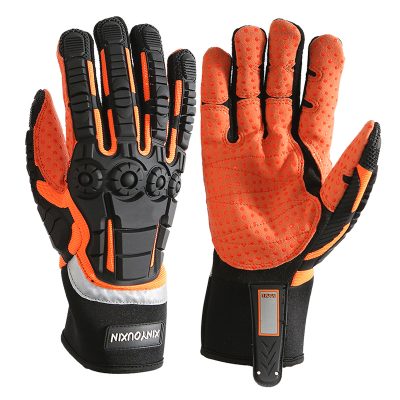Addressing Common Myths About Anti-Cut Gloves
Anti-cut gloves are valuable safety tools, but misconceptions about their capabilities and limitations persist. Let’s debunk some common myths surrounding these gloves: Myth: All Anti-Cut Gloves Offer the Same Protection. Reality: Anti-cut gloves come in various materials and designs, each with different levels of cut resistance. Not all gloves offer the same level of protection,…
























